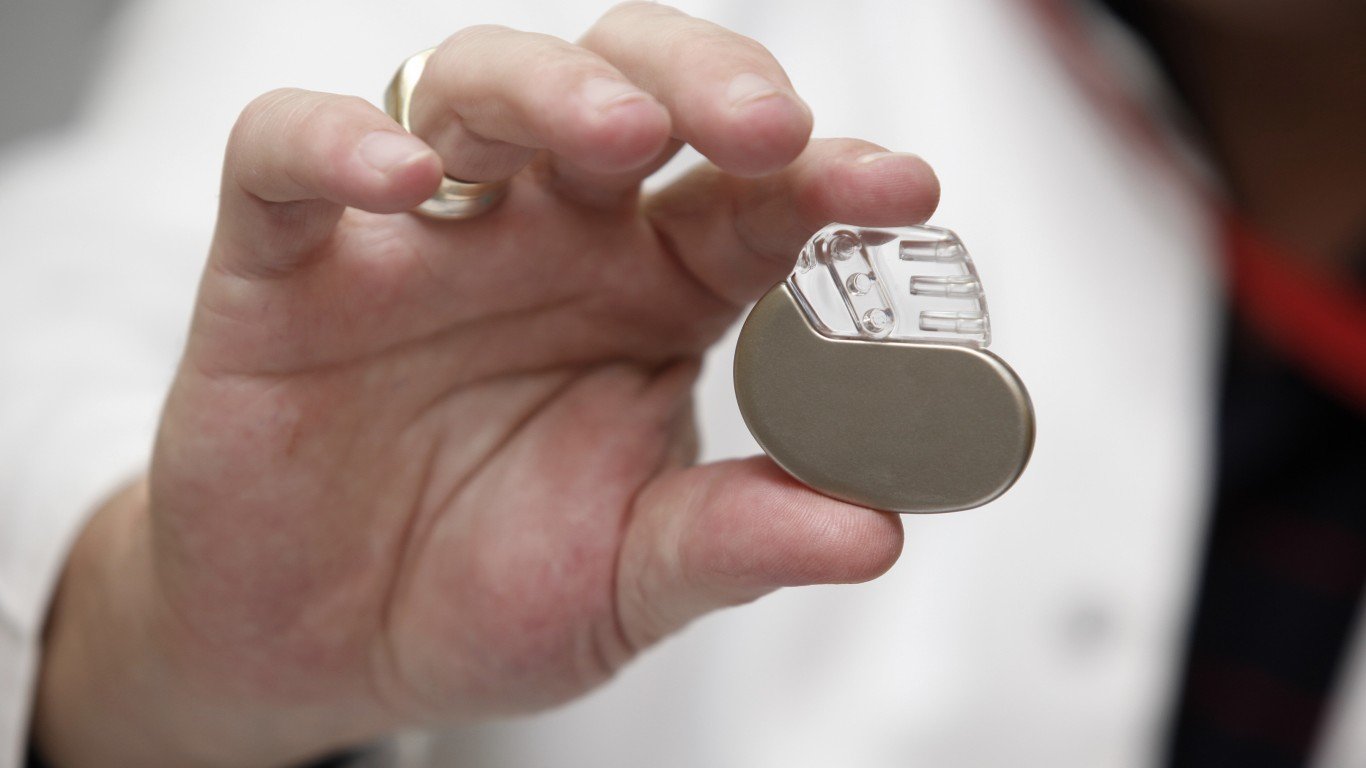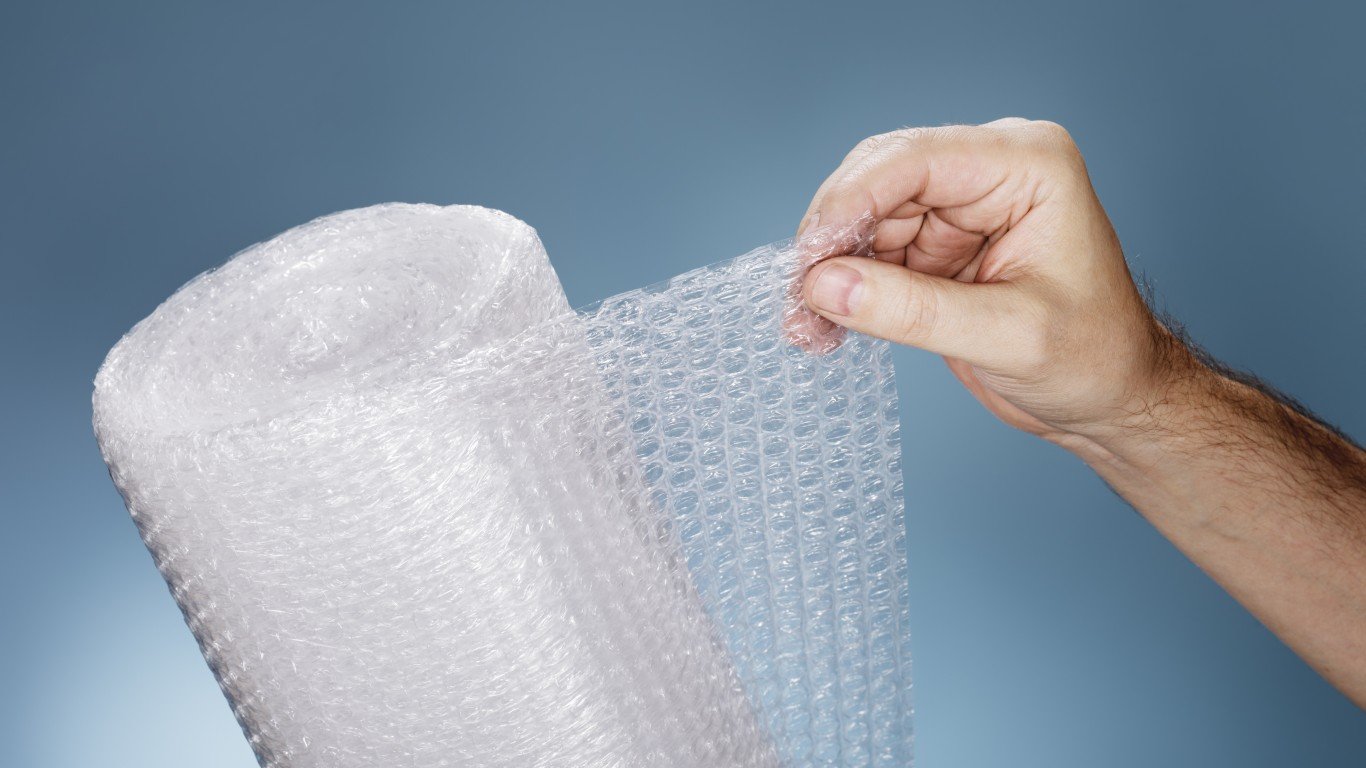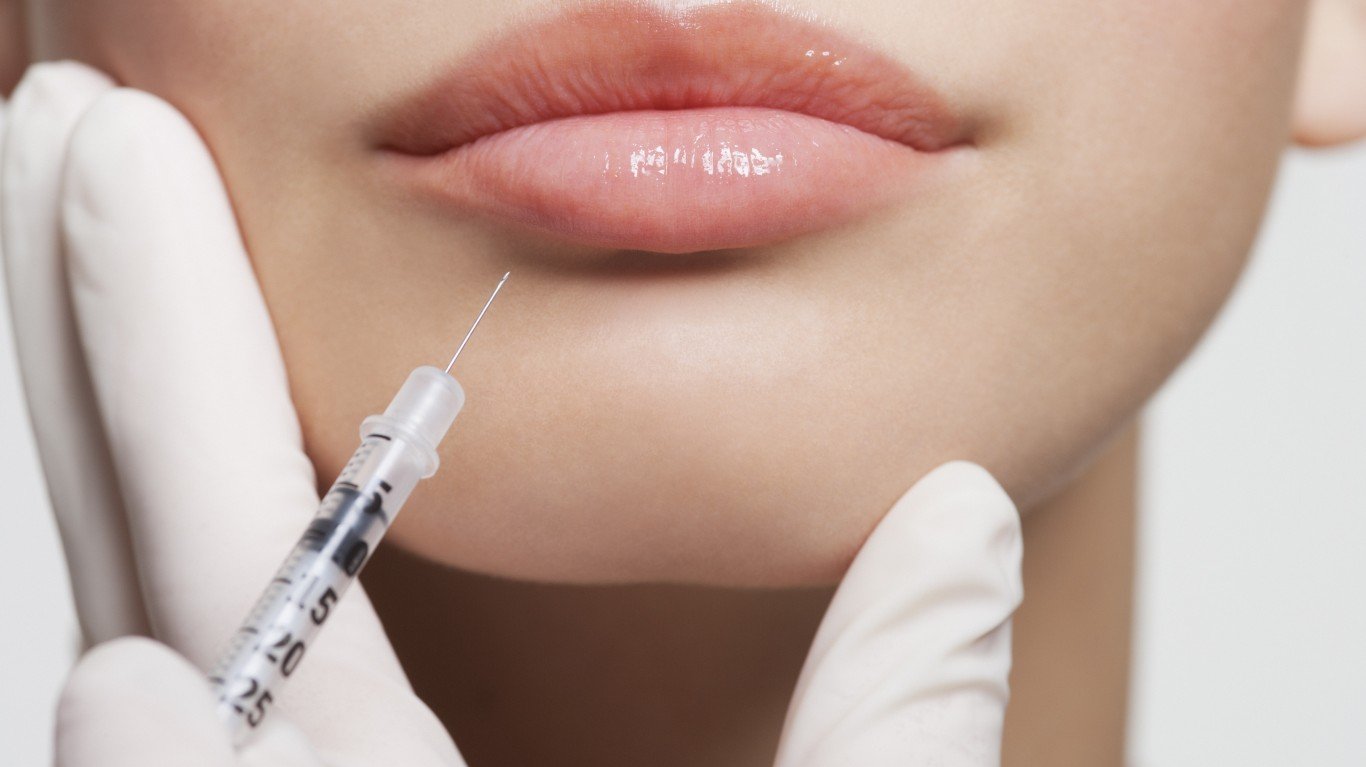
Pacemaker
>Year: 1956
While attempting to design a piece of equipment that could record heart rhythms, engineer Wilson Greatbatch used the wrong resistor and the machine instead sent out electrical impulses at regular intervals. He presented his mechanism to surgeon William Chardack, and the two began refining and shrinking the device until it became an implantable pacemaker.

Bubble Wrap
>Year: 1961
In 1957, engineers Alfred Fielding and Marc Chavannes were attempting to make a textured wallpaper when they sealed two shower curtains together, creating numerous air pockets in the space between. Their creation failed as a wallpaper, and instead they began marketing it as greenhouse insulation. It wasn’t until 1961 that its use as a packaging material was discovered, when IBM needed a protective material for shipping the company’s new computing unit.

The Big Bang echo
>Year: 1964
When two astronomers at Bell Labs in New Jersey were adjusting their radio telescope, they noticed some background static and thought there may have been pigeon droppings on the microwave antenna. After cleaning the instrument, however, the noise persisted. Arno Penzias and Robert Wilson had actually heard cosmic background radiation – the thermal echo of the universe’s initial expansion. Their discovery was the first substantial proof of the Big Bang theory.
Post-it notes
>Year: 1968
Attempting to develop a strong adhesive, 3M scientist Spencer Silver instead developed a reusable, low-tack, pressure sensitive adhesive that didn’t damage or leave marks on surfaces. The invention went unused for years until Silver’s colleague, Art Fry, needed a way to stick bookmarks into his hymn book at choir practice. Fry eventually developed the Post-it note as a sticky bookmark.

Botox
>Year: 1987
Canadian doctor Jean Carruthers was one of the first doctors to use botulinum toxin – which can paralyze facial muscles – for medical purposes in Canada. After treating multiple eyelid spasm patients with injections that stopped their spasms, the doctor saw that the patients’ faces were also serene and free of wrinkles. Together with her husband, dermatologist Alastair Carruthers, she pioneered the concept of using botox for cosmetic purposes.







